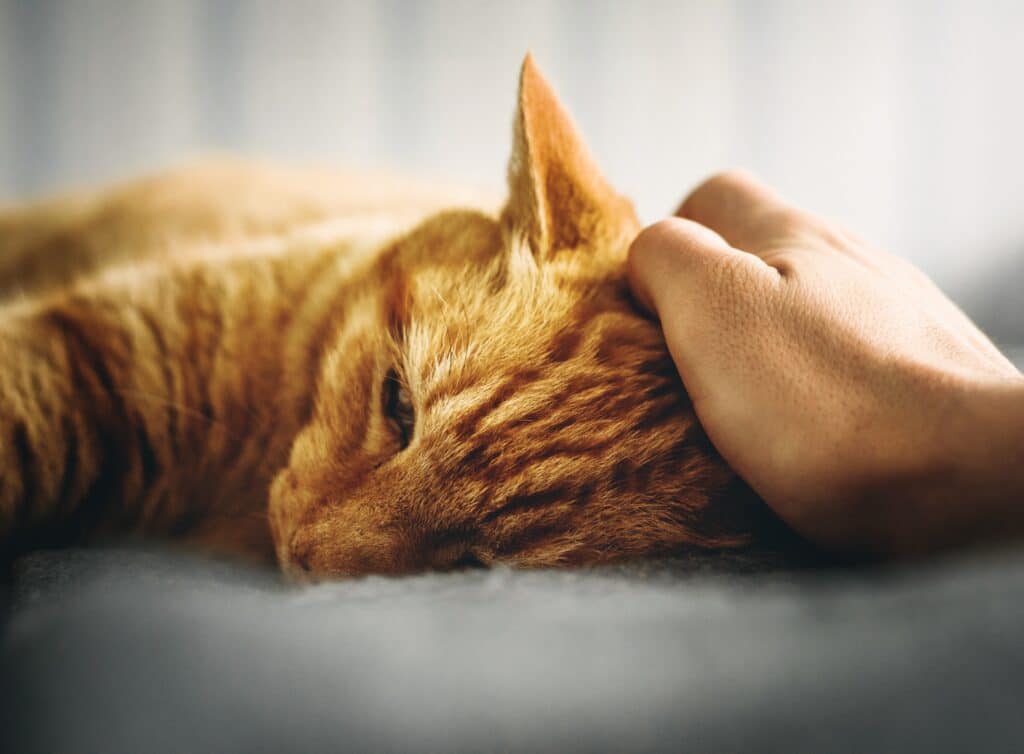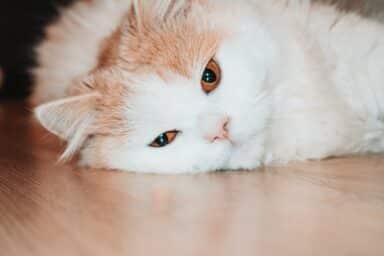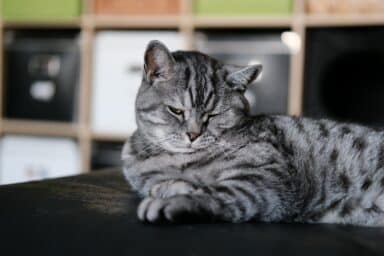Is Pet Cremation Necessary After Euthanasia? 5 Tips to Decide
Pet owners often face a difficult decision when their pet is terminally ill. Many are unsure whether to opt for pet euthanasia and, if so,…

As devoted cat owners, we cherish our feline companions and strive to provide them with the best possible life. A crucial aspect of responsible pet ownership is ensuring that our cats lead happy and healthy lives.
Measuring the quality of life in a cat can be a challenging task, as cats are masters of masking their emotions. However, by paying attention to various indicators and providing proper care, we can better gauge their overall well-being.
In this blog post, we will explore how to assess and enhance the quality of life for our beloved feline friends.
Before we can accurately measure the quality of life in a cat, it is important to understand what factors contribute to its overall well-being. Some of these factors include:
It’s important to regularly monitor these factors and tailor your care to your cat’s specific needs.
There are certain health conditions that can lead to a decline in a cat’s quality of life. Some chronic medical conditions include:
Be aware of these common conditions and seek veterinary treatment as soon as possible if you suspect that your cat may have one of them.
The HHHHHMM Scale, also known as the “Honor System,” is a simple method to measure and assess the quality of life in cats. This scale was developed by Dr. Alice Villalobos, an animal welfare researcher at the University of California-Davis School of Veterinary Medicine. The scale is composed of six parameters: Hurt, Hunger, Hydration, Hygiene, Happiness, Mobility and More Good Days than Bad.
Each parameter is given a score of 0-10, with 0 being the worst and 10 being the best. On a scale of 1-10, (0=Unacceptable and 10=Excellent). The higher your cat scores on this scale, the better their current quality of life is.
This means that the cat is feeling pain, either physical or emotional. Monitor your cat’s behaviour for signs of pain, such as yowling, aggressiveness, an unusual gait, and excessive grooming. A score of 0 means that your cat has significant pain or discomfort due to an injury or illness, whereas a score of 10 means that they are relatively pain-free.
Does your cat have access to food? Is their appetite healthy? Does your cat require a feeding tube? A score of 0 indicates that your cat is not getting enough to eat, whereas a score of 10 means that they have access to food and are eating normally.
This parameter assesses whether or not your cat is well-hydrated. Does your cat drink water regularly? Is their urine colour normal? A score of 0 means that your cat is dehydrated, while a score of 10 indicates that they are drinking enough water.
How clean is your cat’s litter box? Is your cat’s fur coat groomed regularly? Does your cat have pressure sores from excessive licking or grooming? A score of 0 means that your cat’s hygiene is neglected, while a score of 10 indicates good hygiene habits.
Is your cat friendly and affectionate? Does it have any anxiety or fear issues? Is it lonely, depressed, bored or depressed? Does it respond to things around it and interact with other cats or humans? A score of 0 indicates that your cat is unhappy or anxious, while a score of 10 means that they are content and comfortable in their environment.
Is your cat able to move around without any issues or hindrances? Are there any physical limitations preventing them from getting around as they normally would? Do they need human help or the use of equipment such as a wheelchair or ramps? Does it have seizures or any other neurological issues?
A score of 0 means that your cat has significant difficulty moving around due to pain, injury or age, while a score of 10 indicates that they are able to move and exercise without any issues.
This parameter assesses the quality of life in cats over an extended period of time. Are there more days when your cat is happy and healthy than days when it is not?
A score of 0 means that your cat has more bad days than good, while a score of 10 indicates that they have overall good health and quality of life.
If the total score is greater than 35 points, then your cat’s quality of life is below the acceptable standard, and euthanasia might be recommended. If the total score is less than 35, then your cat’s quality of life is considered acceptable.
Once you’ve identified any potential issues, you can take action to improve the quality of life for your cat. Some steps you can take include:
It is important to remember that a low HHHHHMM score does not always mean that you need to put your cat down. While it may be necessary in certain cases, it is not always the best option for your cat’s well-being.
In some cases, putting your cat down at home may be the most humane decision if they are suffering from a terminal illness or injury and have a poor quality of life. In this case, you should consult your vet as they can help you to decide when the time is right.
At The Kindest Goodbye, we provide compassionate end-of-life care for cats in the comfort of their own home. We will work with you to ensure that your cat passes as peacefully and painlessly as possible.
We understand how difficult it can be to make the decision to put your cat down, which is why we are dedicated to providing a safe and comforting environment where you and your pet can say goodbye.
To learn more about how The Kindest Goodbye can help you and your cat, get in touch with us today. We are here to support you in making the best decision for your pet.
No matter how much effort you put in, it is important to remember that cats have a natural lifespan and will eventually pass away. During their lifetime, it is our responsibility as pet owners to ensure they are given the best care and attention so they can live high-quality life until the very end.
By assessing their quality of life, providing them with proper nutrition and exercise, and ensuring they have companionship and human interaction, we can ensure that they remain healthy and content for as long as possible. For cats that are suffering from a terminal illness or injury, it may be necessary to put them down at home when the time is right.
well-being can provide you and your cat with the compassionate end-of-life care that they deserve. Get in touch with us today to learn more about how we can help you and your cat.

Pet owners often face a difficult decision when their pet is terminally ill. Many are unsure whether to opt for pet euthanasia and, if so,…

Pet owners often wonder when their pet is in pain and how they’ll know when it’s time to euthanise their pet. The answer is not…

When a pet owner is faced with the difficult decision of putting their beloved pet down, they may wonder if euthanasia at home is a…
If you would like to learn more about our service or need advice, we offer free phone consultations with one of our caring vets to discuss your pet's situation.
If you would like to organise a peaceful farewell for your beloved pet at home, you can use our instant booking system or make a booking request and we will get back to you ASAP with availability.
Pricing for our services can be found here.